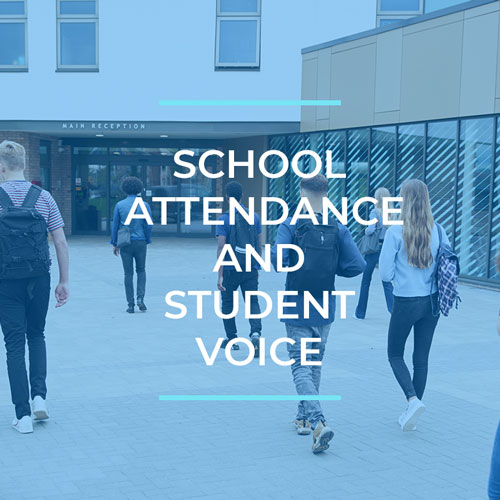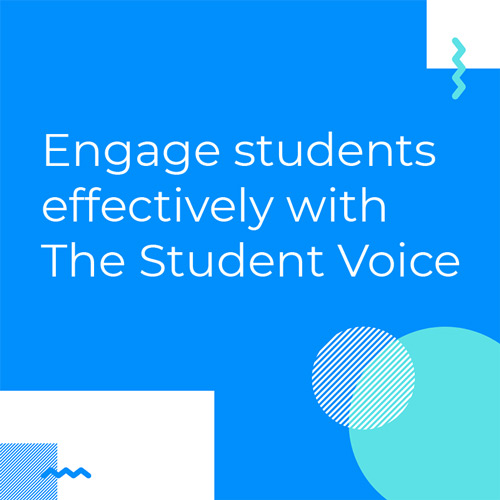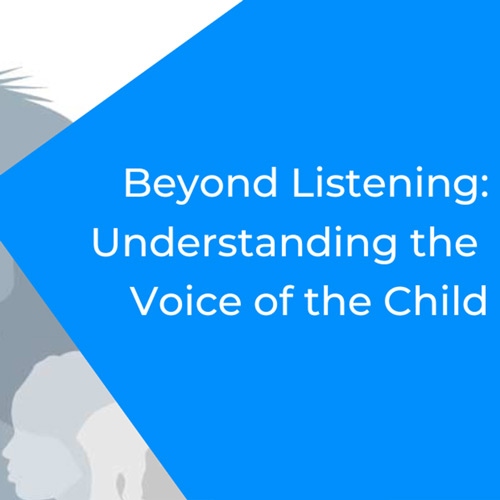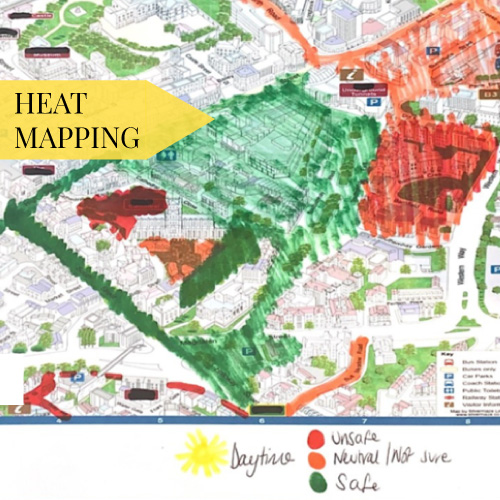Adverse Childhood Experiences: Trauma in Young People
The Adverse Childhood Experiences (ACEs) of trauma in young people and how can we act on them
The term “ACEs” is short for ‘Adverse Childhood Experiences.’ It’s a term that first started being used in a 1995 study where “ACEs” referred to three key forms of adversity children faced in the home, including physical and emotional abuse, neglect, and household dysfunction.
The study was groundbreaking in the surprising amount of adverse experiences it found in children and young people. The study showed that more than two-thirds of the population reported experiencing at least one ACE, and nearly a quarter experienced three or more ACEs.

Get our blogs sent straight to your inbox.
10 Adverse Childhood Experiences
This study was built on, and there are now 10 ACEs named by the Center for Disease Control:
- Physical abuse
- Sexual abuse
- Verbal abuse
- Physical neglect
- Emotional neglect
- A family member who is depressed or diagnosed with other mental illness
- A family member who is addicted to alcohol or another substance
- A family member who is in prison
- Witnessing a mother being abused
- Losing a parent to separation, divorce, or death
It’s worth bearing in mind that this list could do with updating in terms of gender bias, where fathers are also able to be victims of domestic violence.
This list is pretty exhaustive but doesn’t cover some issues, for example, natural disasters such as earthquakes, draughts, or wildfires, which tend to be localised to specific areas. However, it can be said that every child in the UK has now suffered an Adverse Childhood Experience due to COVID.
What are the impacts of Adverse Childhood Experiences (ACEs)
The impact of ACEs are not limited to the rest of their years in education – it goes far beyond that. Research has shown that the adversity experienced as a young person can affect how their stress response functions, leading to long-term changes in their brains and bodies.
This can lead to significant health problems as an adult. Experiencing 4 or more ACEs is associated with an increased risk of 70% of leading adult causes of death. This includes heart disease, stroke, cancer, COPD, diabetes, Alzheimers, and suicide. This is in addition to any long-term outcomes of interrupted education, such as issues with literacy and numeracy, lack of qualifications, low confidence, and lesser job prospects.
In short, the impact of ACEs are far reaching, which is why it is vital to help young people avoid them as much as is possible.
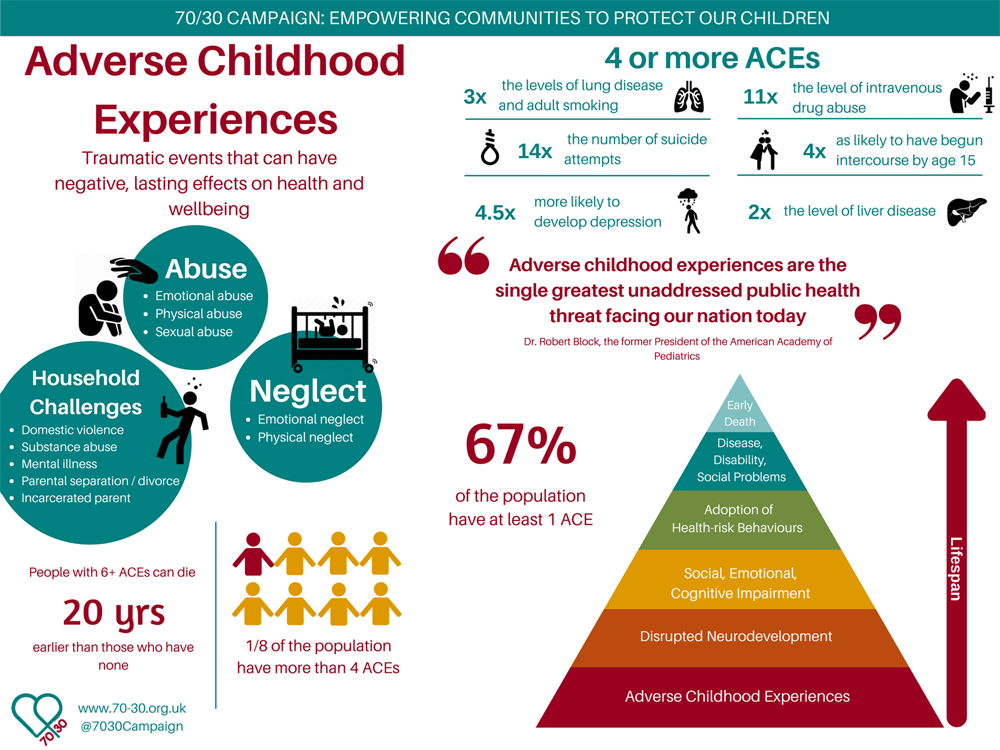
[Source: Wave Trust]
How can we act on ACEs?
The ultimate goal is to create a community in which ACEs occur far less frequently, and where the young person and family are offered assistance at the earliest opportunity. This cannot always be achieved and if this is the case, then a young person could be offered support as soon as possible, and to get out of any situations where they may come to harm.
Student safeguarding procedures in places of education and the wider community can be instrumental in spotting the signs and intervening earlier. Sometimes, possible signs of ACEs can be seen as acting out, and so having a clear and approachable way for students to reach out and communicate with those in a position to help them will mean a child is more likely to have the courage to come forward.
“It’s about creating a safe environment,” says Claire Harwood, DSL at Stowe Valley MAT “We all know that for a lot of children, school is a safe environment. But it’s also looking at different aspects – how a child may feel safe. And that’s maybe listening to music, or doing art, or someone that likes maths being in that environment. It’s looking at, and then meeting the needs of those children”, on Ep.14 of the Safeguarding Days podcast, titled ‘Understanding Trauma-Informed practice’.
“It’s about building relationships and keeping connected. It’s building that rapport with students and allowing them to trust you. A lot of these children don’t trust adults, and it’s building that positive relationship with them, and supporting and teaching them emotion regulation that is going to make an impact.”
Needless to say, any immediate threat to safety needs to be taken into account. In instances such as physical or sexual abuse, the young person may need to be removed immediately. Ongoing communication needs to be established to keep informed of what is possibly an evolving situation. Understand that traumatic experiences will likely have an impact on relationships for that child and there could well be significant mistrust to manage carefully, with a child-centred approach.


